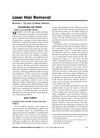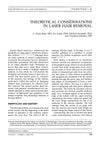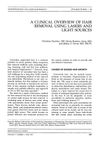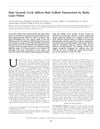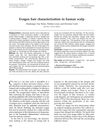Temporary Hair Removal by Low Fluence Photoepilation: Histological Study on Biopsies and Cultured Human Hair Follicles
September 2008
in “
Lasers in surgery and medicine
”
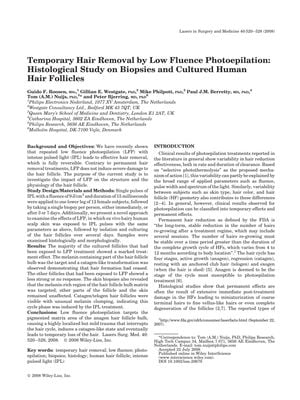
TLDR Low fluence photoepilation temporarily removes hair by targeting the hair follicle's pigmented area without severe damage.
In a study conducted on 12 female subjects, low fluence photoepilation (LFP) using intense pulsed light (IPL) was shown to effectively induce temporary hair removal by targeting the pigmented matrix area of the anagen hair follicle bulb. The study involved applying single pulses of IPL with a fluence of 9 J/cm^2 and a duration of 15 milliseconds to one lower leg of each subject, followed by biopsies taken immediately, or after 3 or 7 days. Additionally, ex vivo hairy human scalp skin was exposed to the same IPL parameters, with isolated hair follicles cultured post-treatment. Histological and morphological examinations revealed that the majority of treated follicles exhibited a marked treatment effect, with a catagen-like transformation indicating the cessation of hair formation. The melanin-rich region of the hair follicle bulb matrix was specifically targeted, while other parts of the follicle and skin remained unaffected. The induced catagen/telogen phase was evidenced by unusual melanin clumping. This study concluded that LFP causes a localized, mild trauma to the hair follicle, interrupting the hair cycle and leading to temporary hair loss without severe damage.
